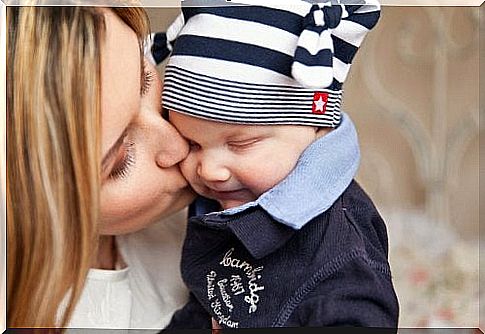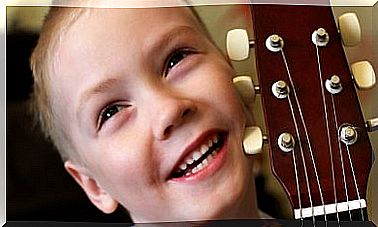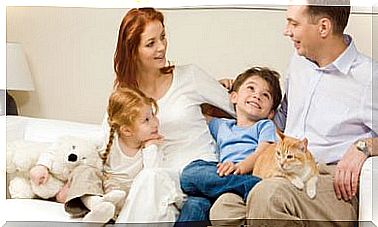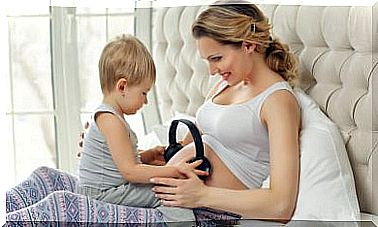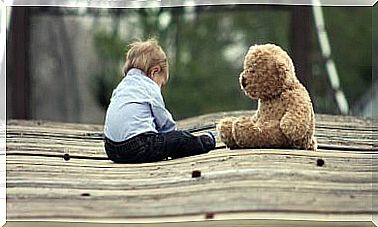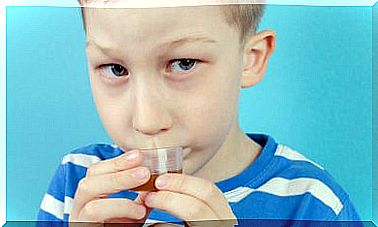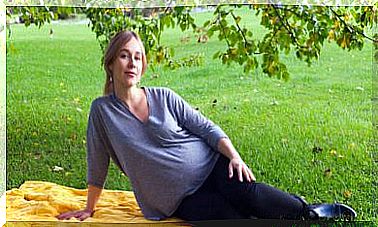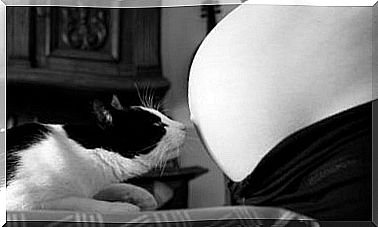Positive Aspects Of Attachment Objects In Children
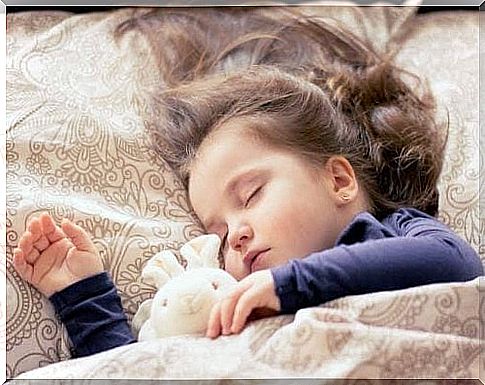
Ideally, a child’s attachment figure should be his mother, whose body, care, and care provide him with everything he needs; However, due to the demands of the production system, mothers are sometimes forced to leave their children to go to work. Attachment objects are especially important in these situations since they alleviate the deficiencies left by the lack of the mother figure.
The mother is the source of food, warmth and protection for each baby. A mother is for the child, still immature, who guarantees its survival, but is also the one who must provide care and emotional nutrition so that it grows healthy.
The figure who cares for the child must provide sustained and prolonged attention so that the bond of secure attachment is established, which is the basis on which the self-esteem and confidence that the child feels towards the outside world are built, according to the researcher Berna Iskandar.
The object of attachment brings comfort
Previously, mothers took care of their children and the house for a long time; However, this model has radically changed, and now many women decide to go out into the labor market leaving their children in the care of other people.
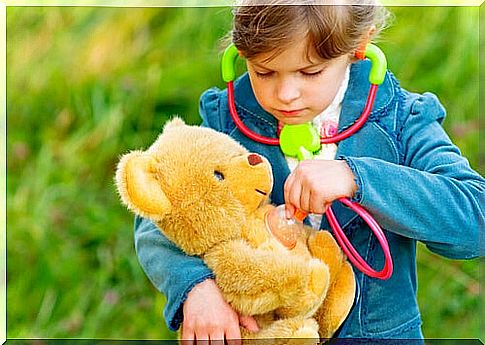
This forced separation – to call it somehow – entails that the child supplies his needs for warmth and affection with some substitute, called an attachment object or a transitional object. Usually it is blankets, pacifiers, stuffed animals or any other toy that helps him sleep alone, so that they perform in some way the functions that his mother should fulfill.
According to the psychologist Ulises Tomás, these constitute a source of security and pleasure for the child, who usually has his object of attachment always close by.
Positive aspects of transition objects
This attachment object also has important psychological functions, as children often seek it out when they are alone, when they want to fall asleep, or when they feel bored. In addition, they can reinforce the affective relationship that the baby has with his parents when they are not around him.
The concept of the attachment or transitional object was coined by the psychoanalyst Donald Winnicott, who explains that its function is objective and subjective. Its objective function because in effect it is an object that exists, which is real, but it is also subjective because functions are attributed to it in the field of imagination.
One of the positive attributes of the attachment object is that it can reduce the levels of anxiety that are generated in the child due to the separation from his parents, especially from his mother. It can also help your child cope with lonely times.
Children look for the object of attachment from 9 months of age ; complements Iskandar, who says that they use it until they enter the evolutionary stage, where they develop psychological, biological maturity and other cognitive functions that allow them to better manage the fear of separation.
The approximate age at which children detach from their object of attachment is around 4 years old, when they have started the school process and have autonomy and the ability to socialize with their peers.
How to deal with objects of attachment
Iskandar advises parents to have a balanced attitude towards objects of attachment ; that is, do not encourage excessive affection towards him and do not treat him disparagingly or ridicule him.
For her part, the pedagogue Ana Roa García offers a series of tips to deal healthily with the objects of attachment. Thus, he recommends not washing or fixing your object without the child knowing it, because then the child may notice that his identity has changed.
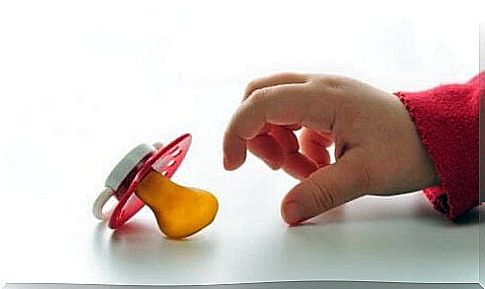
In case the object of attachment is lost, instead of buying a new one immediately to replace it, it is better to try to find it and support the child in this process, as he will feel loved and supported.
The usual thing is that the child as he grows up forgetting the object of attachment, and although he keeps it in his memory, and it is possible that in a place in his room, this object will be a transition and help to support him at times when that his parents are not with him.
